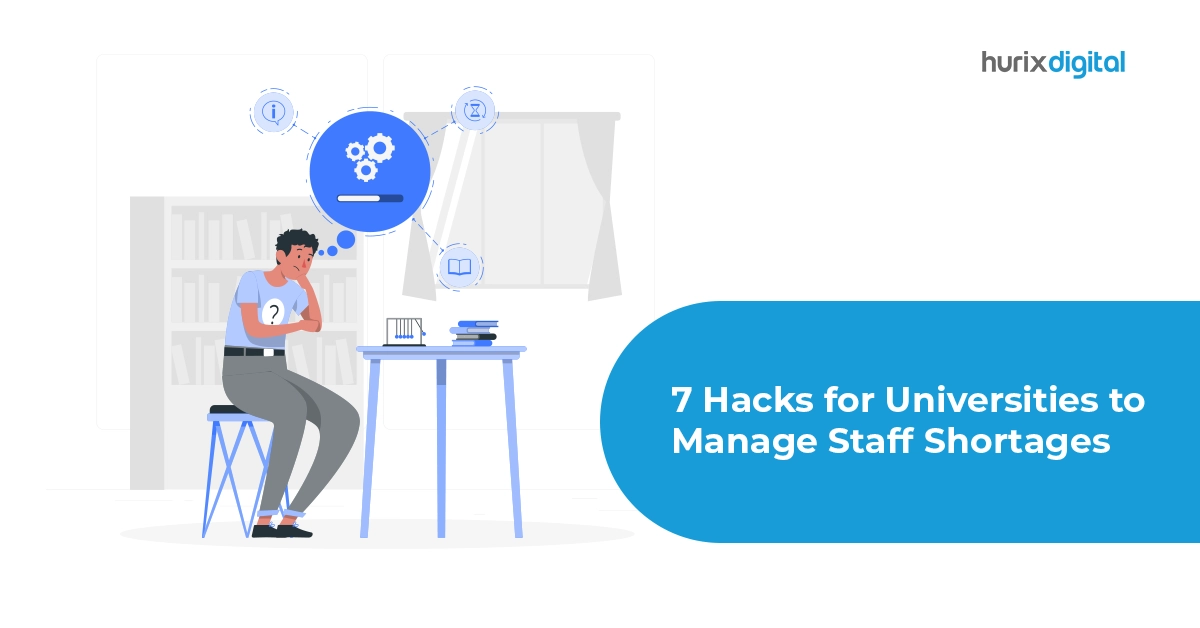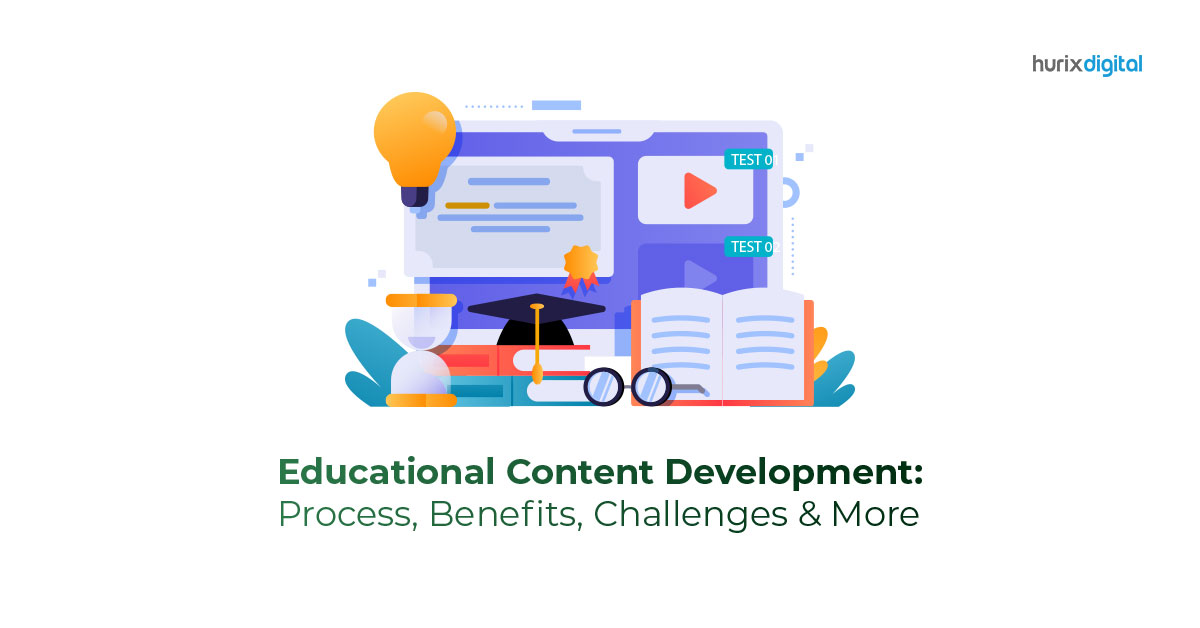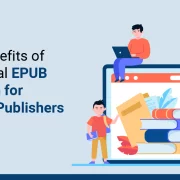
7 Hacks for Universities to Manage Staff Shortages
Summary
Discover seven practical tips for universities to address and manage staff shortages. This article offers strategies for improving staffing and ensuring smooth operations.
Universities are constantly changing to meet the needs of their students and stay competitive in the higher education world. Though this is a good thing, it can lead to problems, especially when it comes to staffing and workload management.
A study done in 2022 showed that a large portion of faculty (68%) feel overwhelmed by their workload and are considering quitting because of it. This feeling is often made worse by staffing shortages, which happen because universities have limited budgets, and student enrollment can change from year to year.
So, how can institutions navigate these university staffing challenges and create a more sustainable and efficient work environment? This blog post explores seven practical workload management strategies and tips for university staffing challenges.
Table of Contents:
-
- Tip #1: Embrace Flexible Staffing Models
- Tip #2: Use Technology to Work Smarter, Not Harder
- Tip #3: Prioritize Staff Development and Well-being
- Tip #4: Foster Open Communication and Collaboration
- Tip #5: Use Data to Make Smart Decisions
- Tip #6: Team Up with Staffing Experts
- Tip #7: Plan for the Future
7 Tips for Managing Fluctuating Workloads and Staffing Challenges in Universities
1. Tip #1: Choose Flexible Staffing Models
The traditional way that universities hire staff with one-size-fits-all positions isn’t working anymore. There are too many changes in workload and budgets for this to be sustainable. Universities need to find more adaptable ways to staff their departments.
Staffing fluctuations in higher education and budget constraints mean they need a more adaptable strategy. Here’s how universities can embrace flexibility in university staffing:
- Part-time and Temporary Staff: These staff members can be brought in to help out during busy times in specific departments. This allows the university to have the staff it needs without having to pay the extra costs of full-time employees.
- Job Sharing: This is where two people share the responsibilities of one full-time position. This can be a good option for both the university and the staff. The university saves money and gains a wider range of skills, while the staff members can enjoy a better work-life balance.
Also Read: ChatGPT: Pros and Cons of Using ChatGPT in Higher Education
2. Tip #2: Use Technology to Work Smarter, Not Harder
Technology can be a powerful tool for universities to manage workload fluctuations and get the most out of their staff. By automating repetitive tasks and making administrative processes more efficient, universities can free up valuable staff time for more important things.
Here are some ways universities can leverage technology for streamlined workflows:
- Automated Administrative Tasks: Software solutions can automate tasks like grading, scheduling classes, and managing student records. This takes a big burden off of faculty and staff, allowing them to focus on teaching and research, which are the core parts of their jobs.
- Communication and Collaboration Tools: Online platforms can be used for communication, project management, and document sharing. These tools can help different departments and campuses work together more easily, leading to a better flow of information and a more even distribution of workload.
3. Tip #3: Prioritize Staff Development and Well-being
Universities that invest in their staff’s development and well-being see significant benefits. Happy and well-supported staff are more productive, have higher morale, and are less likely to leave their jobs. Here are some ways universities can prioritize staff well-being:
- Professional Development Opportunities: They can offer workshops, conferences, and online courses to help staff develop new skills and stay up-to-date in their fields. This investment benefits the university by creating a more skilled workforce and shows the staff that the university cares about their growth.
- Work-Life Balance Initiatives: Implement flexible work arrangements, provide access to childcare resources, and promote healthy work habits. This creates a more supportive environment that helps staff manage their workload effectively while reducing stress and burnout.
- Employee Recognition Programs: Recognize and reward staff for their contributions. This can take the form of public recognition, performance bonuses, or simply expressing gratitude. A culture of appreciation fosters a sense of belonging and motivates staff to go the extra mile.
4. Tip #4: Foster Open Communication and Collaboration
Strong communication and collaboration are essential for navigating workload fluctuations and staffing challenges. When departments and staff members work together effectively, resources can be shared, tasks can be delegated efficiently, and workload distribution becomes more equitable. Here’s how to cultivate a collaborative environment:
- Cross-departmental Teams: Establish teams with members from different departments to tackle complex challenges or manage specific projects. This fosters knowledge sharing and allows teams to leverage diverse skill sets to achieve optimal results.
- Regular Team Meetings: Schedule regular meetings for teams to discuss workloads, identify bottlenecks (areas where things get stuck), and brainstorm solutions. These meetings provide a platform for open communication and allow staff to voice concerns and receive support.
- Transparency and Information Sharing: Maintain transparency by keeping staff informed about workload trends, staffing decisions, and university goals. This fosters trust and encourages staff to take ownership of their responsibilities.
5. Tip #5: Use Data to Make Smart Decisions
Just like in many other areas, data can be a powerful tool for universities when it comes to staffing. By analyzing data, universities can gain valuable insights to make better decisions about staffing and workload. Here’s how:
- Track what’s happening: Use tools to track things like class sizes, how much research faculty are doing, and how many administrative tasks are being completed. This data gives a clear picture of staffing needs across different departments.
- Look ahead: Analyze past enrollment numbers and predict future enrollment. This helps universities plan for staffing needs in advance, avoiding situations where there are too few or too many staff members.
- Ask your staff: Conduct surveys to gather feedback on workload, any skills gaps, and areas for improvement. This feedback, along with data, helps universities create a staffing strategy that works for both the university and the staff.
6. Tip #6: Team Up with Staffing Experts
Universities don’t have to go it alone when it comes to staffing. Partnering with staffing solution providers can be a big help, especially during times of workload changes and finding the right talent. Here’s why they need university staffing optimization:
- Bigger Talent Pool: Staffing agencies have a wider network of potential employees than universities can usually find on their own. This allows universities to fill open positions quickly, even for specialized or temporary needs.
- Less Work for You: Partnering with a staffing agency can free up a lot of time for university staff. The agency handles tasks like screening resumes, interviewing candidates, and managing payroll, allowing university staff to focus on other important things.
- Flexibility You Need: Staffing agencies offer different options, like temporary workers, contract hires, and permanent placements. This allows universities to get the exact skills they need for a specific time without having to make long-term commitments.
7. Tip #7: Plan for the Future
Just dealing with staffing issues as they come up isn’t a good strategy for universities. To be successful in the long run, universities need a well-thought-out staffing plan that considers future trends and challenges. Here’s what that plan for staffing solutions for universities should include:
- Align with Goals: The staffing plan should connect to the university’s overall goals and academic priorities. This ensures that staffing resources are directed towards areas that will have the biggest impact.
- Think Ahead: Create different scenarios for your workforce based on expected enrollment changes, budget limitations, and new programs. This allows the university to explore potential staffing needs under various circumstances and develop backup plans.
- Invest in Tools: Use advanced workforce analytics tools to gain deeper insights into staffing trends, skills gaps, and future talent needs. This data helps universities make informed decisions about staffing and developing their workforce.
Also Read: 10 Advantages of eLearning in Higher Education over Traditional Methods
Conclusion
Universities face a constantly changing world with ups and downs in workload and staffing. But these challenges can be overcome! By following the tips for staffing challenges in academia in this blog post, universities can develop a more strategic and adaptable approach to staffing. This will lead to a more efficient and sustainable work environment for staff and faculty in higher education, which ultimately benefits everyone, especially the students.
Remember, you don’t have to face these challenges alone. Hurix Digital is here to help you with the following:
- Making your staffing strategy more efficient and cost-effective
- Reducing the impact of workload changes and keeping your staff happy
- Finding the perfect talent to support your academic goals
Don’t let staffing challenges hold your university back. Contact Hurix Digital today for a free consultation and learn how we can help you create a thriving academic environment!

Senior Vice President
A Business Development professional with >20 years of experience with strong capability to sell new solutions and develop new markets from scratch. New Market Entry Specialist with experience of working in two of the largest emerging markets – China & India. Also covered other key markets in APAC, US, EU & ME. Exceptional experience of conceptualizing, ideating and selling new learning technologies like VR AR, etc. across multiple industry verticals.








